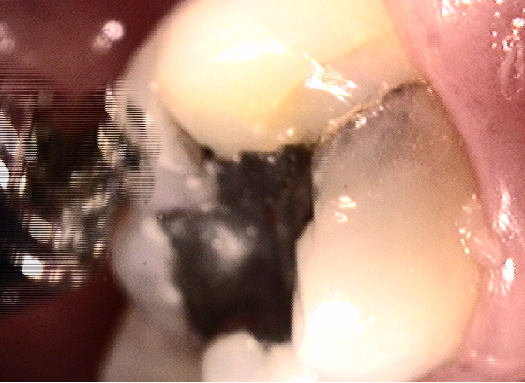Motorized toothbrushes...I don't need one of those
I recently decided to take the plunge. I got a motorized toothbrush, in fact I got two. In this installment of the blog, I am going to compare and contrast the two most popular motorized toothbrushes on the market: Sonicare Platinum and Oral B Braun Triumph Professional Care. My goal of this is not to endorse one or the other but to give my personal experience with the two for the general public.
So, day one, I brought home The Oral B brush. Like any brave man, I let my wife use it first. After she finished she said, "Wow! My teeth feel so much cleaner." My reply, "Let me see that..." And away I went. This brush has a digital display or an app for your smart phone. It timed me in each quadrant so I would spend the necessary amount of time in each. When I finished each it would beep letting me know it was time to move on. From the beginning it let me know I was brushing too hard, turning red and motoring down, negative feed back I like it. I see a lot of patients who brush too hard or with too abrasive toothpaste. After I finished the display let me know I did a 4 star job, one for each quadrant, and a smiley face for sticking it out for the two minutes. But my tongue is what really let me know, 'man I am an arrogant know it all.' Motorized toothbrushes work better than my manual ever did.
Other features of the Oral B brush: at least five different toothbrush heads for personal preference/needs, 5 different settings (including one for whitening, sensitive teeth, so on), blue tooth connection to digital display or smart phone app (the app keeps stats for you for fantasy toothbrushing)
Two weeks later I got the Sonicare brush. This brush is very different than any other motorized brush. Instead of an oscillating motion, It moves the bristles perpendicular to the handle, over 30,000 times per minute. I don't think my hand was doing that with my manual toothbrush. This brush also makes the claim to sonically move fluids between teeth and disrupt the plaque. In my professional opinion it doesn't replace flossing to prevent cavities, however I do see it as a better therapy for gum disease. The first thing I had to get acclimated to was just how different it felt. After a few uses, I got used to it but I have talked to those who can not get used to it. This brush also has an internal timer, but does not have the display. It is also set at 30 seconds. It has three settings: clean (for normal), whitening (for surface stain removal), gum care (extending brushing time). I did notice more surface stain removal after about 3 uses on the whitening mode. Another feature on this model is a storage mini cabinet for the brush heads that has a UV light to kill bacteria left on your brush head.
So this has been a brief description of these. Bottom line, either one is going to give you cleaner teeth and better checkups. If you have any questions, I would be glad to entertain them. Please fine my contact info below.
Dr. Derrick Gregory is a general dentist in Lebanon, TN. His practice is focused on using the latest technologies and materials in dentistry. For more information visit his website at Gregory Dental Group or call (615) 444-0322.













